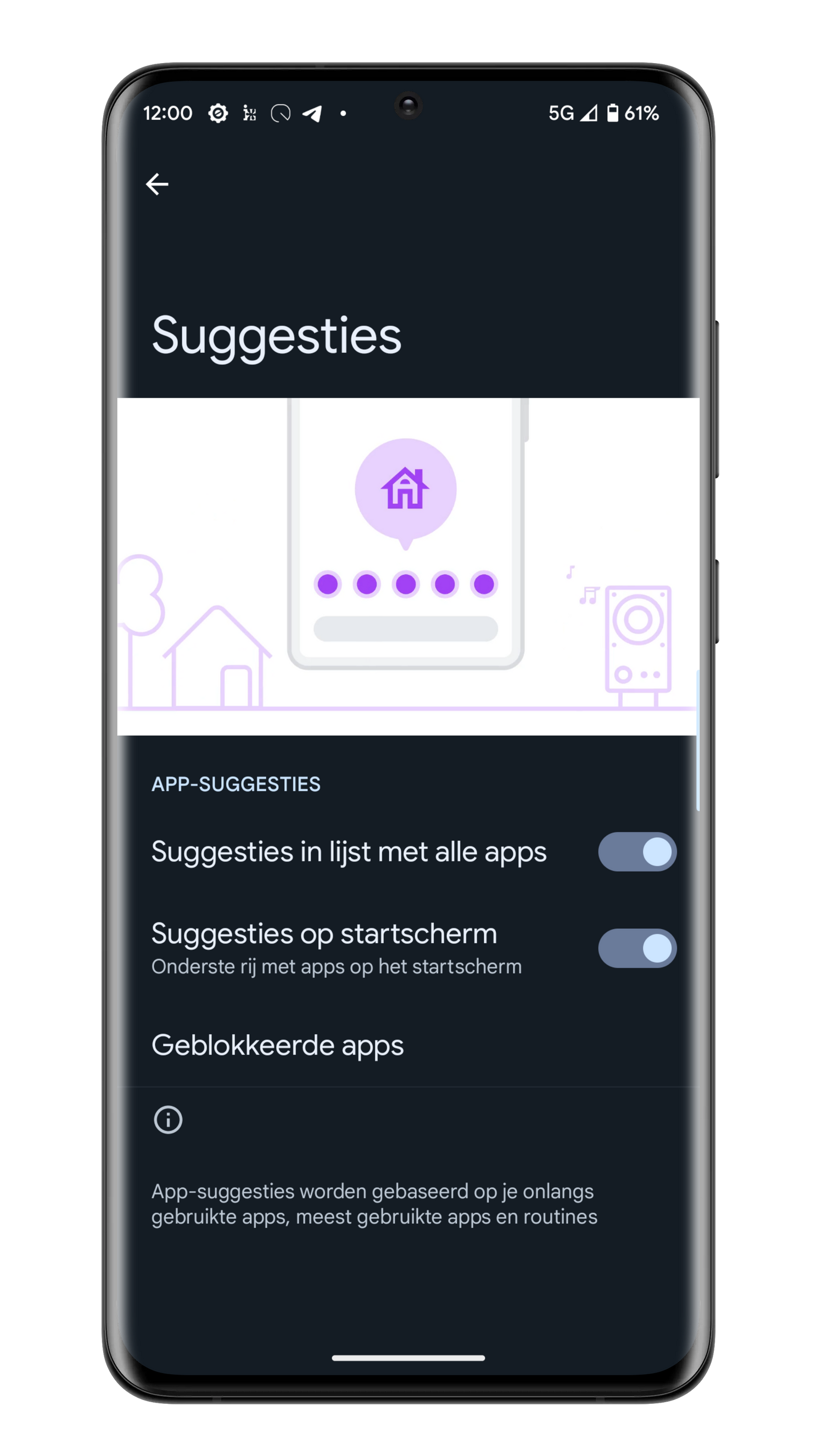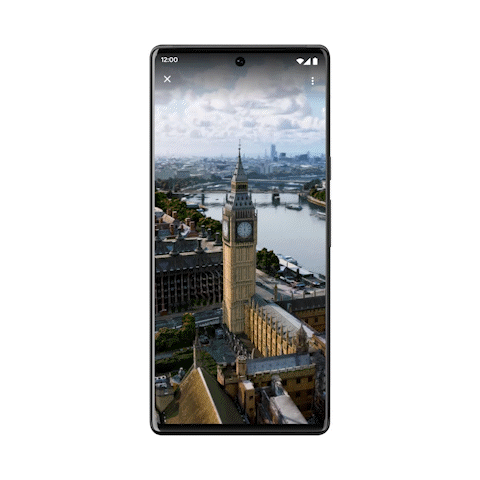5 ways AI will make smartphones smarter
Artificial intelligence (AI) is currently the topic of conversation and that is not surprising. Developments in this area follow each other in rapid succession and AI will also play an increasingly important role on smartphones. I asked ChatGPT how artificial intelligence will make smartphones smarter in the future. Here you will find the answers that the chatbot gave.
Contents
1. Contextual intelligence
Artificial intelligence will make smartphones smarter in the future by providing contextual intelligence. This means that the smartphone will be able to understand the context of the user and act accordingly. This will lead to a better and more personalized user experience.
An example of contextual intelligence is that a user’s smartphone can detect whether he or she is at work and automatically mute the notifications, or the smartphone can remember the user’s personal preferences and make recommendations accordingly.
The Google Assistant already has routines that you can perform a sequence of tasks, for example based on a location. In addition, there are apps such as Tasker and IFTTT that let you automate all kinds of tasks by connecting apps, devices and services.
2. Autonomous decision-making
Artificial intelligence will enable smartphones to make autonomous decisions based on predictive analytics and machine learning models. This can lead to greater efficiency and faster decision-making.
An example of autonomous decision-making is that the smartphone can decide to open a certain app based on the prediction that the user needs that app at that moment. We’re already seeing that on Pixel phones right now. The Pixel Launcher on these phones contains dynamic app suggestions that replace the app icons at the bottom of the screen. Google predicts which app you will use at what time of the day based on your daily routines and most used apps.

3. Natural language processing
In the future, artificial intelligence will further improve language processing technology on smartphones, making communication with the user even more natural and seamless.
An example of natural language processing is that the smartphone can respond to user voice commands in different languages and accents, understand and execute the commands naturally.
Remember Google Duplex, which is Google’s smart service that was announced in 2019. You could then have a hairdressing appointment or a restaurant reservation made entirely by the Google Assistant. Assistant makes the call itself based on a time of your choice, and answers questions thanks to artificial intelligence. Google discontinued this service last year, but the company said it would focus entirely on making AI improvements to the Duplex speech technology that helps people most every day.
4. Augmented Reality
Artificial intelligence will improve augmented reality technology on smartphones in the future. This allows users to come into contact with virtual objects and the physical world around them even better and more realistically.
An example of augmented reality on smartphones is that the smartphone can detect the physical world around the user and place interactive virtual objects that look and move realistically.
Related articles
A good example of this is the augmented reality navigation ‘Live View’ in Google Maps. Live View superimposes a layer of objects on top of reality during a walk. For this, the smartphone camera and different arrows and Maps markers are used for the objects. An even better example is Immersive view in Google Maps. For this view, Google uses artificial intelligence to combine satellite, Street View, and aerial imagery.

With Immersive View you can view a monument from every perspective
5. Advanced camera features
Artificial intelligence will also further improve camera functions on smartphones in the future. This includes improving image quality, automatically detecting scenes and offering advanced photo editing functions.
An example of such a camera function is that the smartphone automatically adjusts the settings based on the environment, such as reducing noise in a dark environment or adjusting the exposure in bright light. Another example is that the smartphone automatically recognizes the subject of the photo and improves the photo by optimizing the colors, sharpening and improving the composition.
Of course, smartphone manufacturers already make extensive use of algorithms that improve the quality of photos in all kinds of ways. This will only be used more in the future. You’ll learn all about it in the AI episode of our AW Podcast on smartphone photography below.
AI is given a prominent place on smartphones
So you have seen that all these examples can now also be found in smartphones. But the important difference from the future is that in the future these functions will be much more advanced and will be much more able to understand what the user wants and needs. These features will also be better integrated with other applications and services, and will use advanced algorithms and models that use machine learning and artificial intelligence. In addition, in the future, artificial intelligence will be able to act in a more autonomous and proactive way, making the smartphone even smarter and more useful for the user.
What do you hope to see in the field of AI and smartphones in the future? Or do you find it rather ‘scary’ what is happening in this area right now? Let us know in the comments below.



